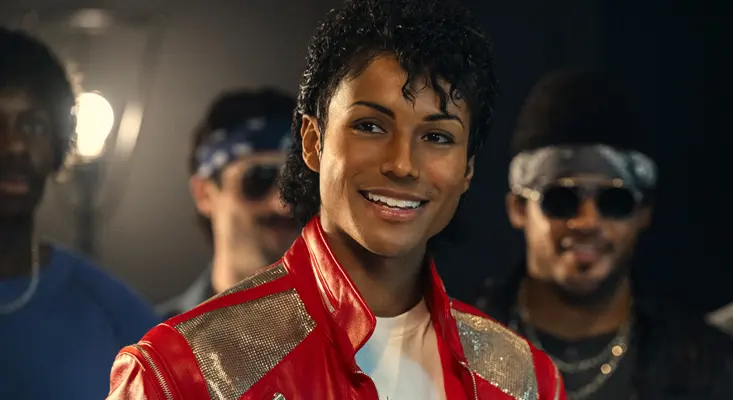
While the majority of music recording and production nowadays takes place digitally, this wasn’t always the case. In the 1960s and 1970s, when the earliest digital recordings were made, they were called “sampling.” This involved capturing analog input multiple times per second to create a series of discrete digital values that could be stored and played back in a more versatile manner than analog tape.
Although sampling may not seem as groundbreaking now that digital recording is commonplace, it remains a technique with immense creative potential. Unfortunately, sampling has acquired a negative reputation and is often associated with the lazy appropriation of musical ideas.
However, not all musical borrowing is seen as negative. As Jean-Luc Godard once said, “It’s not where you take things from, but where you take them to.” Sampling has repeatedly proven the truth of this statement.
When affordable samplers became available in the late 1980s, they empowered musicians to transform past music into exciting new forms and even turn everyday sounds into unique textures that were simultaneously familiar and unfamiliar.

Creative sampling by artists leads to the creation of distinctive and evocative music that couldn’t be achieved through other means.
Historically, as the cost of digital technology decreased, the first affordable samplers emerged in the mid-to-late 1980s. Iconic hardware like the E-mu SP-1200 and Akai S950 made sampling accessible to studios with limited budgets, and it was in the genre of hip-hop where the sampler’s ability to recycle musical ideas and present them in new contexts was first explored.
Hip-hop, rooted in the instrumental breaks of funk and rock tracks since the 1970s, initially relied on session musicians replaying famous grooves or turntablists cutting up breaks in records like The Sugarhill Gang’s “Rapper’s Delight” and West Street Mob’s “Break Dance.” However, with the advent of samplers, producers could simply sample their favorite parts of songs and manipulate them in innovative ways.
An example of a genre that emerged thanks to the sampler is a hardcore rave, which combined accelerated hip-hop beats with sampled techno stabs and house vocals to create a new style of high-tech music. Affordable sequencers and samplers, such as Roland’s W-30 workstation keyboard, enabled musicians like The Prodigy’s Liam Howlett to engage in early “in-the-box” production, assembling beats, basslines, and melodies within a single piece of hardware.
Howlett and his contemporaries, like Joey Beltram, pioneered resampling by recording sounds from synthesizers and using their samplers’ editing and modulation capabilities to transform them into exciting new sounds. This resulted in groundbreaking tracks like The Prodigy’s “Charly” and Second Phase’s “Mentasm.”
The Prodigy – Charly
Call the lawyers
This approach to music production was novel in the late 1980s and early 1990s, and it quickly raised the issue of copyright infringement. One notable case involved Black Box, who sampled an acapella by Loleatta Holloway for their globally successful song “Ride On Time.”
The record prominently utilized snippets of Holloway’s “Love Sensation” to create the distinctive vocal hook heard throughout the song. Additionally, the music video featured a model lip-syncing to the vocal. Although Black Box had obtained a licensing agreement from the label that originally released “Love Sensation,” Holloway’s legal team still challenged them for not giving proper credit to the vocal.
The legal situation surrounding sampling can be intricate. In brief, if you release music that samples someone else’s work without permission, you may face legal action from the copyright owner, regardless of the length or alteration of the sample.
In reality, a significant amount of music includes uncleared samples. However, lawyers typically intervene when recognizable samples are used and the artist is making substantial profits.
Black Box – Ride On Time
Loleatta Holloway – Love Sensation
Hi, I’m Erick Ycaza — a music blogger with a BA in Advertising & Graphic Design. I created this blog to keep you updated with daily music news. Surprisingly, I’ve been writing about music since 2007. If you’re an artist and would like to be featured, feel free to reach out: info@electrowow.net







